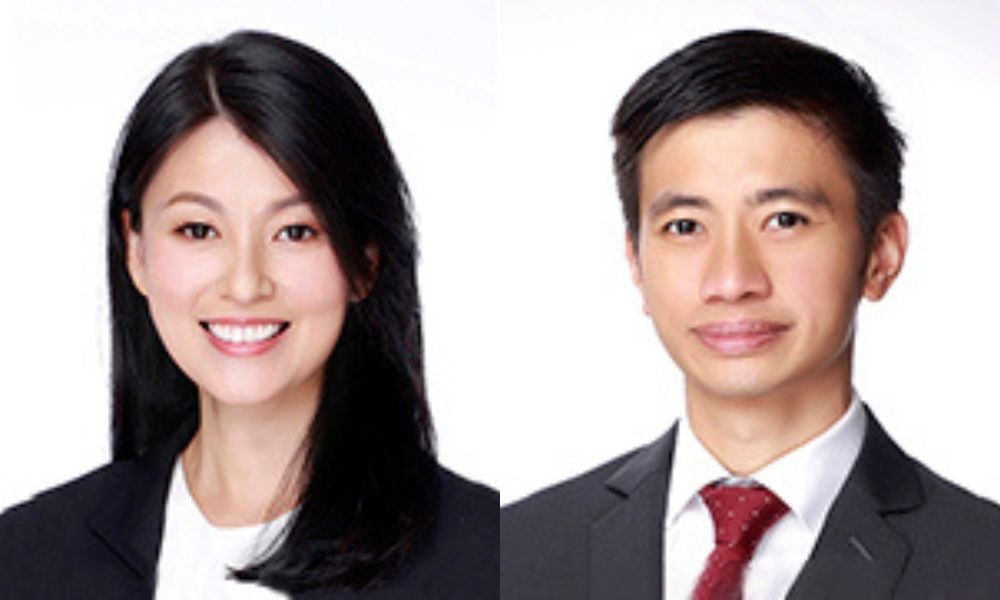
Lack of supervision of employee, laptop led to problems for unauthorized download

In the case of Siemens Industry Software Inc. (formerly known as Siemens Product Lifecycle Management Software Inc) v. Inzign Pte Ltd [2023] SGHC 50, Singapore’s General Division of the High Court (GDHC) ruled that an organisation may be vicariously liable for its employees’ acts of copyright infringement.
This decision concerned the unauthorised download and use of a computer software by an Inzign’s employee. The employee had downloaded an unlicensed version of Siemens’ software onto an unused laptop found at the workplace with no administrative controls. The employee had wanted to use the software to obtain practice and become more skillful in using the software.
The employee’s acts were subsequently discovered by Siemens through an automatic reporting function built into the software. Siemens then brought a claim of copyright infringement against Inzign.
The GDHC had to decide whether Inzign was liable for copyright infringement. In this regard, Inzign could be either primarily liable or vicariously liable:
Neither employees nor employers are spared from the unintended productivity problems created by tech, according to a report.
The GDHC found that Inzign was not primarily liable for copyright infringement on the basis that it did not carry out the infringing acts or authorise the infringing acts. This decision was made in view of the following factors:
Notably, the GDHC concluded that Inzign had no primary liability for copyright infringement, despite finding that Inzign had failed to take reasonable steps in preventing the Employee’s acts. While Inzign had an anti-software piracy policy, its implementation of this policy had fallen short in preventing the Employee’s acts.
A small-town official in Spain went viral after a video of him showering during a meeting hit the internet.
Although the GDHC did not find Inzign primarily liable for the employee’s acts, it found that Inzign was vicariously liable. This is because of the contractual employment relationship between Inzign and the employee. Additionally, there was a sufficient connection between this relationship and the infringing acts, supported by the following factors:
The GDHC also noted that its finding of vicarious liability was supported by two policy considerations. First, Inzign was best placed and able to provide compensation to Siemens, especially since the Employee was unlikely to possess sufficient financial resources. Second, imposing vicarious liability on Inzign would incentivise other employers to take steps in reducing the incidence of copyright infringement by their employees.
A former policeman in the UK was punished with community service for lying on his resumé.
Organisations may be vicariously liable for their employees’ acts of copyright infringement. The GDHC has made it clear from this decision that organisations may be held vicariously liable for the infringing acts of its employees. Organisations should be aware that copyright holders are fully entitled to seek relief from an organisation for its employees’ acts of copyright infringement. Therefore, it is important for organisations to put in place appropriate intellectual property policies - in particular, an anti-software piracy policy.
Importance of operationalising intellectual property policies. From a risk perspective, organisations should note the importance of not only having strong intellectual property policies (in particular, anti-software piracy policy), but also ensuring that such policies are operationalised well. For example:
Catherine Lee is a senior partner in Dentons Rodyk’s Intellectual Property & Technology practice group and Head of the Trademarks, Franchising and Distribution practices in Singapore. Desmond Chew is a partner in Dentons Rodyk’s Intellectual Property & Technology practice group in Singapore. The authors acknowledge practice trainee Chieng Hui Jie for her contributions to this article.